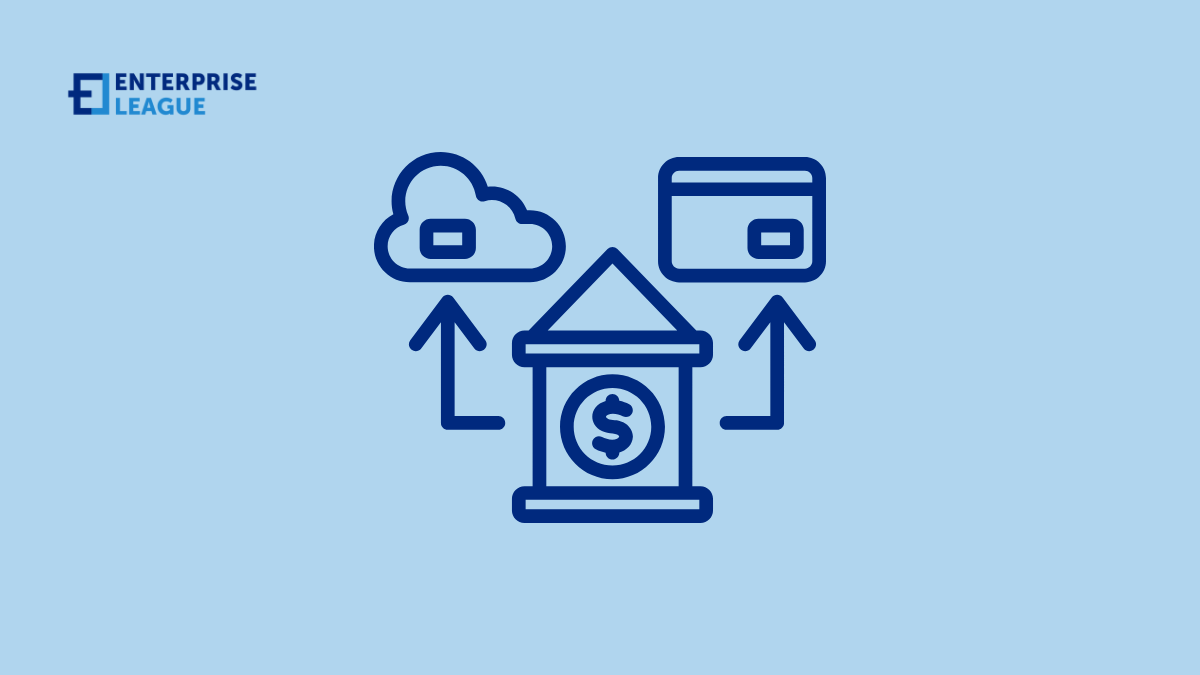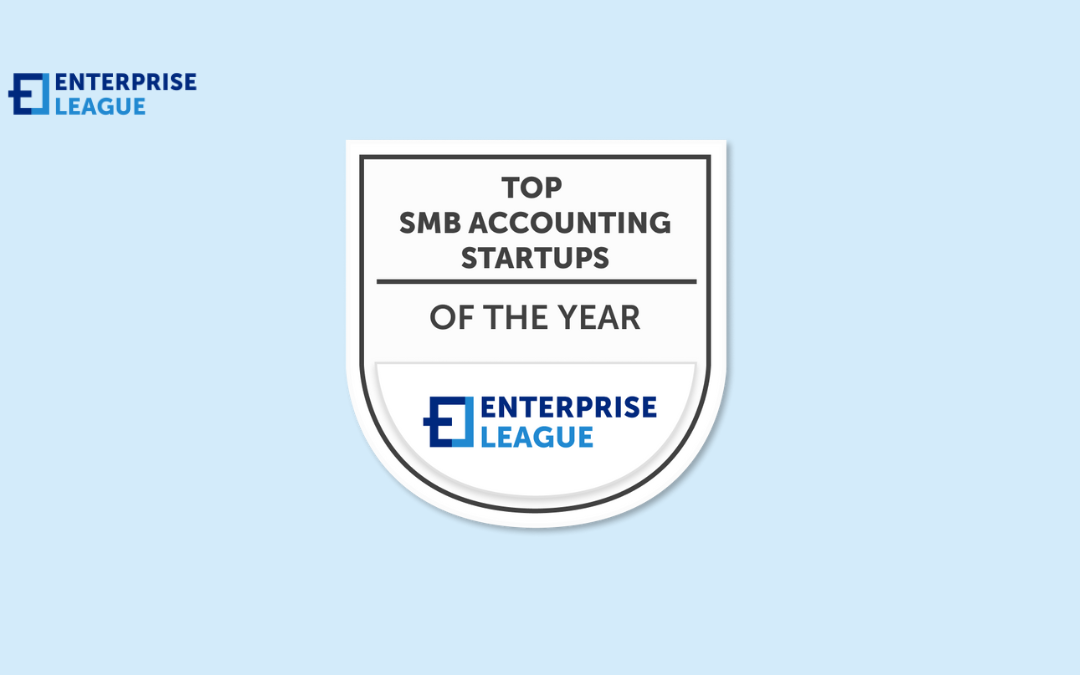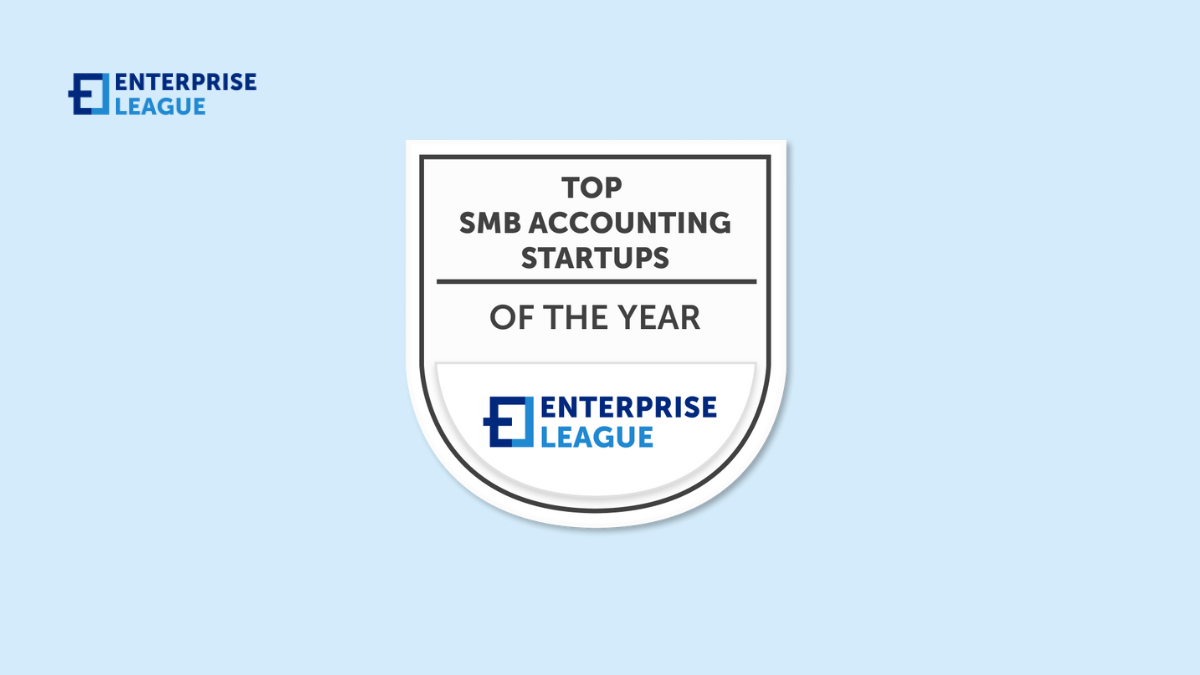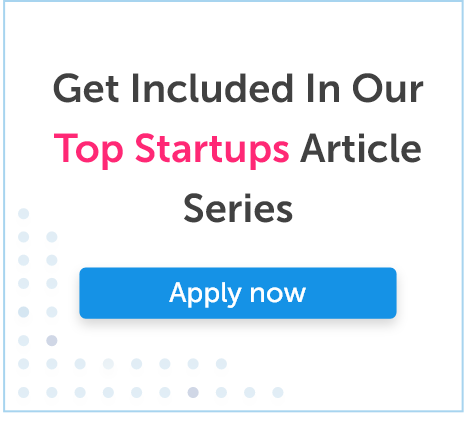Small businesses today face mounting pressure to modernize their operations just to stay afloat. One of the most important factors that can help them succeed is increasing the digital skills of their employees. Modern customers expect various services from businesses,...

28 Powerful accountability quotes for work that build trust
Taking responsibility for our actions at work isn’t always easy, but it’s what separates great teams from average ones. Accountability means owning both successes and failures, showing up when it matters, and following through on promises you’ve made. Sometimes, we all need a reminder about why taking ownership matters so much, especially when it plays such a key role in expanding your business horizons. With that in mind, we’ve gathered these powerful accountability quotes from business role models and leaders who’ve built successful teams by putting responsibility at the heart of their work culture.
28 accountability quotes for work to motivate you
Accountability quotes remind us that success comes from owning both our triumphs and failures. These powerful insights from leaders who’ve built cultures of responsibility can transform how your team approaches challenges exactly when excuses seem easier than solutions.
- “Exhibiting accountability over time is a gateway to trust. When we see someone acting with accountability, we gain the evidence we need to trust them.” – Mike Erwin and Willys Devoll
- “When we fail to set boundaries and hold people accountable, we feel used and mistreated. This is why we sometimes attack who they are, which is far more hurtful than addressing a behavior or a choice.” – Brené Brown
- “Being held accountable is an act of generosity and compassion. It is a gift that someone gives us to correct our wrongs, unlearn, and do better for the sake of our own growth. It might be uncomfortable, but it is worth the discomfort.” – Minaa B.
- “Leaders inspire accountability through their ability to accept responsibility before they place blame.” – Courtney Lynch
- “Accountability feels like an attack when you’re not ready to acknowledge how your behaviors harm others.” – Tamara Renaye
- “You’re going to mess up. So instead of trying to be perfect, learn how to be accountable.” – Whitney Goodman
- “Once people have a clear idea of what decisions they should and should not be making, holding them accountable for decisions feels fair.” – Gary L. Neilson
- “When it comes to privacy and accountability, people always demand the former for themselves and the latter for everyone else.” — David Brin
- “Accountability is the glue that ties commitment to results.” – Bob Proctor
- “Responsibility equals accountability equals ownership. And a sense of ownership is the most powerful weapon a team or organization can have.” – Pat Summitt
- “Accountability separates the wishers in life from the action-takers that care enough about their future to account for their daily actions.” – John Di Lemme
- “You can delegate authority, but you can never delegate responsibility.” – Byron Dorgan
- “Without accountability, exceptional performance is just a hope, not an expectation.” – Henry Evans
- “A culture of accountability makes a good organization great and a great organization unstoppable.” – Henry Evans
- “Accountability isn’t about punishment, it’s about ownership.” – Unknown
- “Holding yourself accountable is the most empowering thing you can do.” – Erica Williams Simon
- “Accountability breeds response-ability.” – Stephen R. Covey
- “If you want to change the culture of your workplace, start with accountability.” – Unknown
- “You are not only responsible for what you say, but also for what you do not say.” – Martin Luther
- “To take responsibility is to take the power back.” – Will Craig
- “The benefit of accountability is not control, it’s clarity.” – Brené Brown
- “In the absence of accountability, mediocrity becomes the standard.” – Unknown
- “Accountability starts with you. Don’t expect from others what you’re not willing to do yourself.” – Unknown
- “We are all accountable for our actions. We are also accountable for inaction.” – Unknown
- “True leadership stems from accountability, not authority.” – Unknown
- “People crave feedback because it shows they matter. Accountability is part of that feedback.” – Simon Sinek
- “Excuses are the nails used to build a house of failure.” – Don Wilder
- “To be trusted is a greater compliment than to be loved—and accountability builds that trust.” – George MacDonald
Conclusion
At the end of the day, besides just taking the blame when things go wrong, accountability is about creating a workplace where people trust each other enough to take risks, speak honestly, and deliver on their promises. When accountability becomes part of your workplace DNA rather than just a buzzword, you’ll see not only better results but stronger relationships and deeper satisfaction in the work itself. You can start with yourself, lead by example, and watch how quickly a culture of ownership spreads throughout your company.
More must-read stories from Enterprise League:
- Proven and tested psychological tactics for successful marketing.
- Profitable online education business ideas that you should be aware of.
- Getting your product in stores doesn’t have to be complicated.
- Find out everything you need to know about the 10 Ds of entrepreneurship.
- Learn how to deal with being proffesionally ghosted like an expert.
Related Articles
Overcoming the Digital Skill Gap in Small Businesses
How AI is Transforming the Midstream Energy Sector: Trends and Future Directions
The midstream phase of energy operations is all about storing and processing gas and oil. With AI on the rise across the industry, there are numerous opportunities for energy firms to use this technology even further. But what are the applications for AI in the...
MT5 Broker Setup: Step-by-Step Guide to MetaTrader 5 Download and Trading
A growing number of individuals have turned to the online community to take advantage of investment opportunities available to them. Not only is this a great way to build a reliable nest egg for the future, but modern trading platforms have made the process much...
The 9 Best Payment Processing Services for SaaS
Running a software business means handling money from customers who expect things to work smoothly. They sign up, enter their card details, and assume the rest happens without a hitch. On your end, though, payment processing is a whole different story. You need...
Building a U.S. Real Estate Portfolio: Why Beverly Hills Should Be Your First Step
The United States has long been a magnet for real estate investors seeking stable returns and prestige. Among its many luxury markets, one name consistently stands out: Beverly Hills. Known worldwide for its glamour and exclusivity, it represents more than just a...























